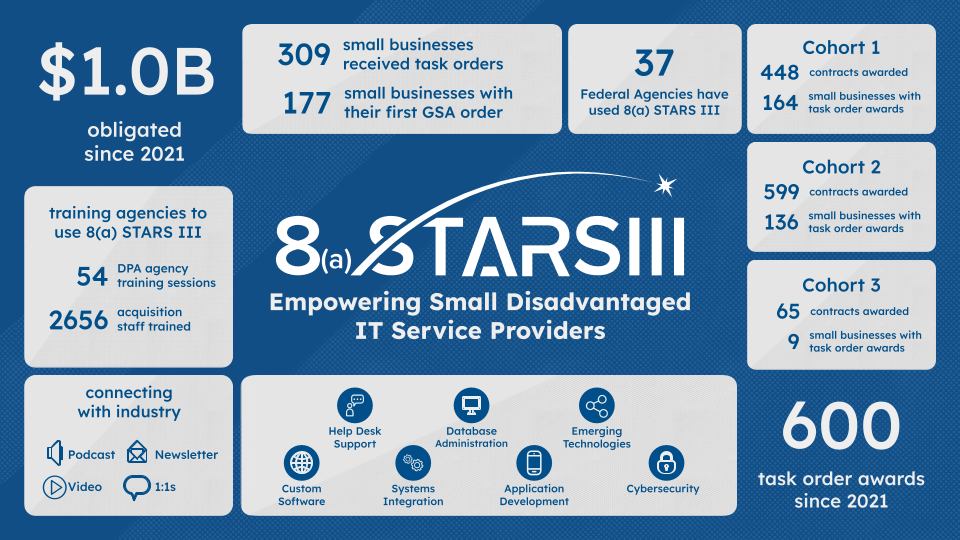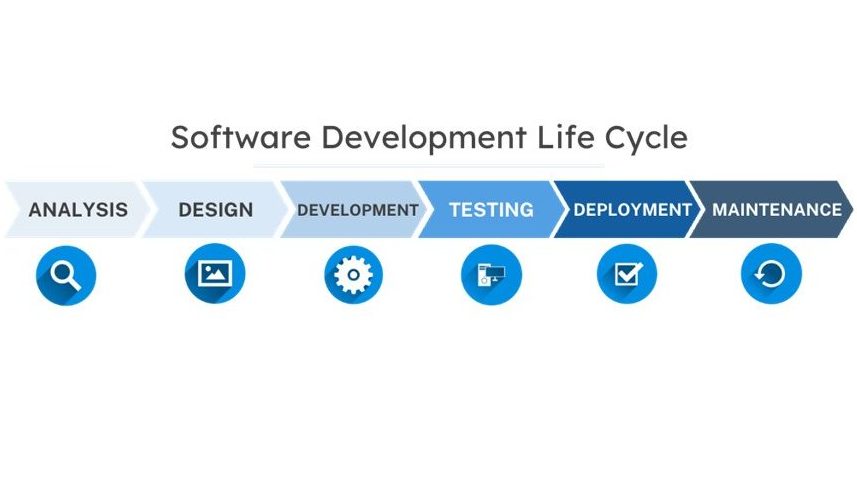Last December I blogged about GSA’s decision to pursue extensions of the Networx, Washington Interagency Telecommunications System (WITS) 3 and Local Service contracts on behalf of a few agencies who needed more time to complete their transition to Enterprise Infrastructure Solutions (EIS). Much has transpired since that last blog post, and I wanted to give an update.
As of April 2023, 123 of 222 agencies had successfully transitioned off of the legacy telecommunications contracts. Transitioned agencies have realized some truly great benefits such as:
- Divested from legacy services no longer supported by contractors
- Adopted Trusted Internet Connection 3.0 architectures
- Achieved lower overall cost
- Increased cyber resilience.
Agencies that require an extension beyond May 31, 2024 must sign a Memorandum of Understanding (MOU) with GSA, provide GSA with details supporting further contract extensions, and start comprehensive quarterly executive transition updates with GSA. As of June 26, 2023, eight agencies have requested extensions to May 31, 2026. Some need additional weeks and some need additional months to complete their transition.
New Executive Leadership for Enterprise Technology Solutions
On February 16, 2023, Jake Marcellus became the Executive Director for Enterprise Technology Solutions (ETS). Jake leads a subcategory that includes Enterprise Telecommunications, Mobility and Satellite Communications (SATCOM) services. Jake came to us from GSA IT and has extensive experience leading telecommunications efforts within the Department of Defense.
I have asked Jake, as lead executive for EIS, to place his initial focus on improving the customer agency EIS transition experience and outcomes. His team developed a system to use disconnect data to identify the most significant transition risks and make the appropriate executive engagements with agencies.
They’re engaging agencies, assisting with problem identification, consulting on technical solutions and facilitating requests for 2026 extensions. In addition to meeting with agency Chief Information Office (CIO) staff, Jake is also meeting with executives of our EIS contractors.
The Continuity of Service Period and beyond
GSA continues to manage the EIS transition by supporting agency requirements and the contractors’ performance toward meeting the key completion dates.
- May 31st 2024 – Continuity of Service (CoS) ends for those agencies that signed MOUs with GSA for the June 1, 2023 through May 31, 2024 CoS periods.
- May 31st 2026 – The end of service for those agencies authorized to use extended CoS beyond May 31, 2024.
The terms and conditions of the legacy telecommunications contracts allow only those organizations specified in the Networks Authorized User List (NAUL) to obtain services under these contracts. GSA continues to update the NAUL to remove those agencies which are no longer authorized to use the contracts and will order contractors to disconnect services to such agencies. Unless an agency is working with GSA to use the extended CoS to May 31, 2026, the NAUL will be updated to remove the agency and its services will be disconnected on or before May 31, 2024. Agencies should continue to work aggressively with their contractors to transition prior to May 31, 2024. If an agency requires days, weeks or months beyond May 2024, it should contact their Solutions Broker on the GSA team to explore options.
Working together to achieve successful outcomes
Successful EIS transitions are a team effort. While GSA manages the transition as a governmentwide program, the agencies and their contractors–for both the legacy contracts and EIS–must work very closely to ensure the agencies’ requirements and those of their task orders are successfully met. This requires close oversight by the Ordering Contracting Officers for those task orders and the project managers, in collaboration with experts in networking, security, finance and operations that form the agencies’ transition teams. These teams monitor the contractors’ activities, identify risks and issues, and develop solutions with the contractors in compliance with the task orders and with an eye toward completing transition by the deadline.
Below are some of the lessons learned that enabled the successful completion of agency transitions.
- Know your existing inventory and requirements
It is foundational that a transition is properly scoped in regards to physical locations and required telecom services. This step will ensure full accountability on what needs to be transitioned, what will not be transitioned and account for new requirements. - Create a transition strategy
A transition strategy includes what will be transitioned and the discrete considerations for unique mission needs and environment. Transitions in urban and rural areas have distinct challenges. - Develop a plan and schedule
Provide an overview of required actions and a detailed schedule of activities. - Get stakeholder buy-in
A successful transition requires acute coordination between engineering, program management, government contracting staff and the associated contractors. - Monitor and Control
This phase requires the agency work with both their EIS and legacy contractors to ensure that services are both transitioned and disconnected. Transition progress should be actively monitored to spot potential obstacles and implement corrective actions. - Leverage the GSA team
GSA has assigned solutions brokers for all agencies. Solutions brokers are a single point of contact for assistance with EIS, Networx, WITS3 and all transition activities. GSA’s ETS Executive Director is available for the agency executive engagement.
Visit our website to learn more about EIS or use our IT Solutions Navigator to find the vehicle that’s right for you.
Follow ITC on LinkedIn and Twitter, and subscribe for blog updates.



